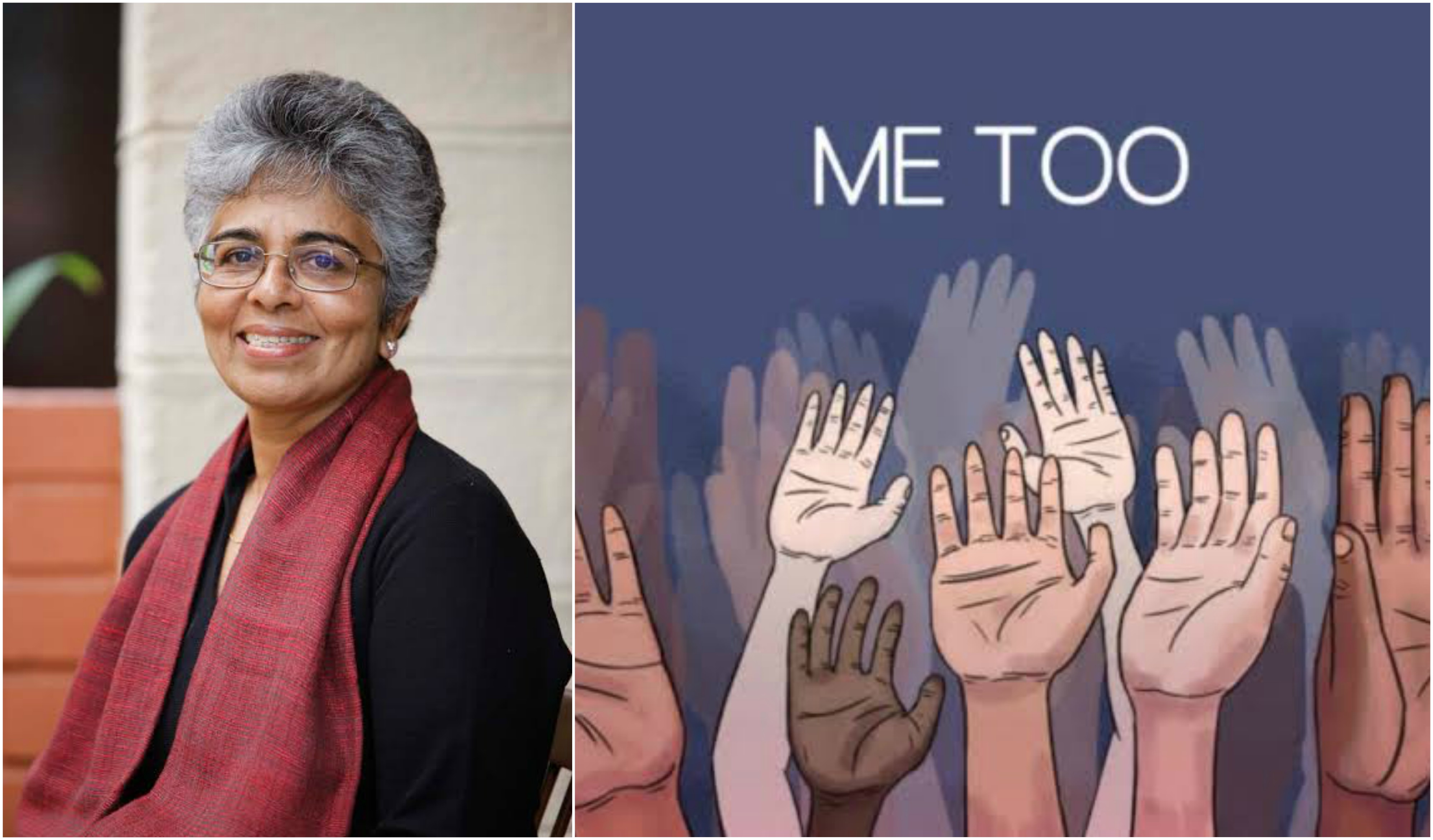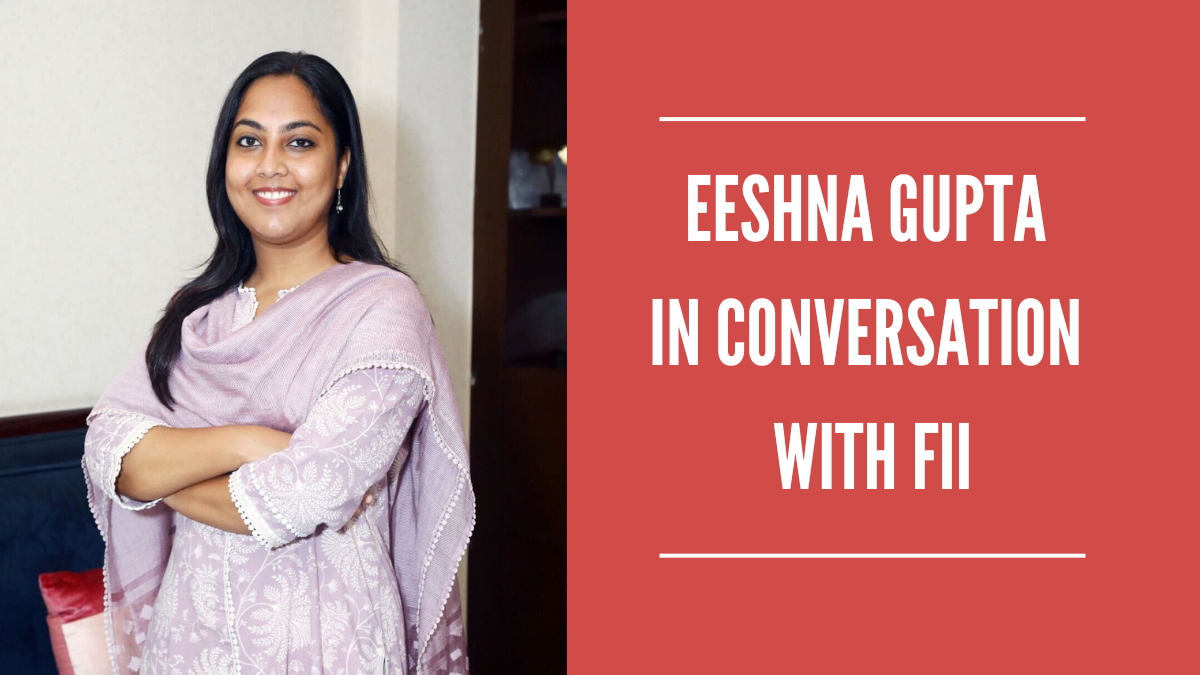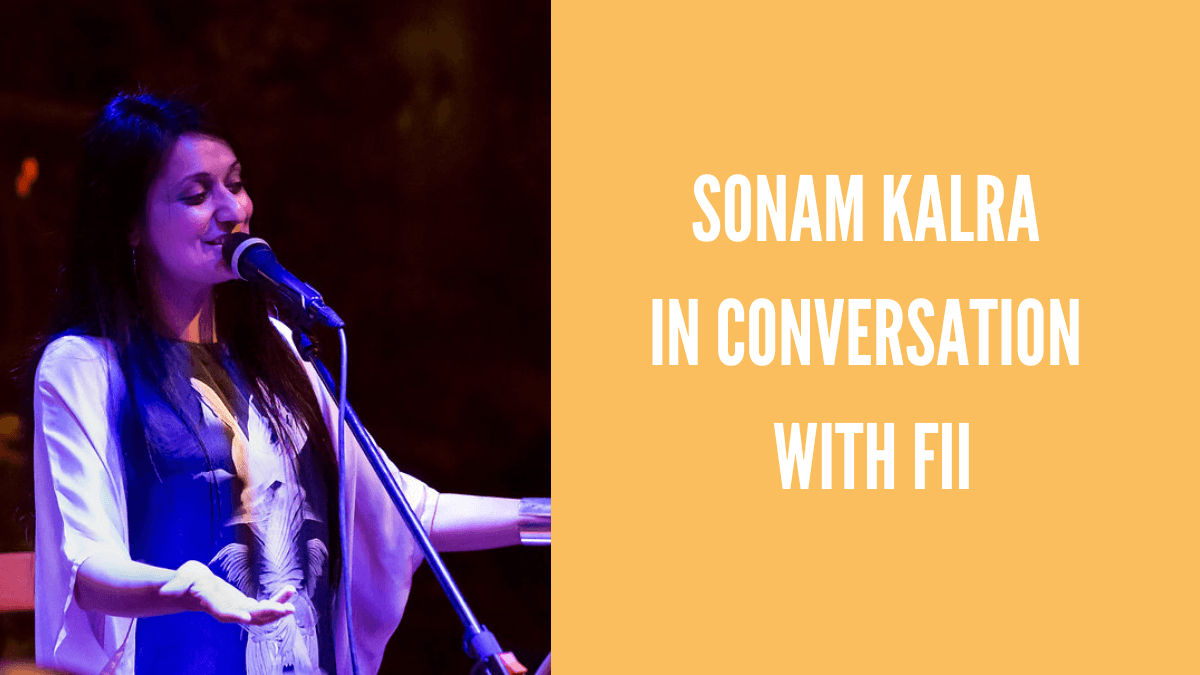Ammu Joseph is a senior Indian journalist who has dedicated her career to gender issues. She is a founder-member of Network of Women in Media, India or NWMI. Author of six books, Joseph also contributed to frame UNESCO’s gender sensitive indicators for media (2012), world trends in the state of freedom of expression and media development (2013) and global monitoring report on the implementation of the 2005 convention on diversity of cultural expressions. She was awarded with the Donna Allen Award for Feminist Advocacy and the UNFPA-LAADLI Media Award for gender sensitivity.
In this exclusive interview with Ujjawal Krishnam, Ammu Joseph talks about the patriarchy that rules Indian news media.
What do find when you look back? Is misogyny more amplified now?
Ammu Joseph: I have focused quite a bit on gender issues in my work as both a writer and an editor. Looking back, I think it has been worthwhile. I think work done by me and many of my contemporaries from the 1970s onward helped expose many people, especially women, to a different way of understanding the stupidity and pitfalls of patriarchy, the damage it has done, the danger it still presents. For example, when people come across the women’s magazine, I helped reorient back in the late 1970s and early 80s, they are amazed at how revolutionary that work was and how contemporary it still is in many ways. Unfortunately, most of the problems we identified and wrote/published about then are still with us today. But considering how many centuries patriarchy has been ruling the roost, I suppose it’s unrealistic to expect that it could be made to disappear in a few decades.
Me Too was meant to be a thunderbolt in Indian news media industry. Unfortunately, it was buried…
Ammu Joseph: I personally think the #MeToo in media moment that made waves in mid to late 2018 was perceived as a thunderbolt mainly because of its high visibility thanks to social media, which is where much of it was concentrated. We’ve known about the prevalence of SHW in media workplaces for a long time. I’d written about it in my book, “Making News: Women in Journalism,” first published in 2000. We in the Network of Women in Media, India, have been issuing statements about cases brought to our notice since 2003 and trying to express solidarity with and provide at least moral support to survivors. These experiences certainly taught us that there is no short-cut to justice, in fact, we’ve seen that justice has been elusive in most cases.
I personally think the #MeToo in media moment that made waves in mid to late 2018 was perceived as a thunderbolt mainly because of its high visibility thanks to social media, which is where much of it was concentrated.
Under the circumstances, naming and shaming can be a powerful way to at least expose perpetrators and hope that public identification will lead to some action at the individual and/or institutional level. And, if not, that survivors could at least take comfort in the fact that the truth, suppressed for too long, is out whatever the outcome may be. That is clearly what motivated many women who plucked up the courage last year to go public with their experiences and called out the men responsible for their trauma and suffering, often continuing over many years, long after the harassment took place. From that point of view, I wouldn’t call it a failure. It certainly succeeded in bringing the problem out of the cupboard and enabling some level of catharsis for survivors who had bottled up their pain for many years.
But if success is seen mainly in terms of retributive justice, I suppose it is a failure in that few perpetrators have been brought to justice legally or even in terms of losing their jobs or suffering permanent damage to their reputations in the wider world.
The representation of women in Indian news media industry is alarming. Most of news media houses are headed by men. Some of them turn out to be editors like CP Surendran who crack jokes on rape cases. What should be the gender ratio for the editorial positions in Indian newsrooms?
Ammu Joseph: I think the gender ratio is particularly skewed in decision-making positions, editorial as well as managerial. That’s what needs to change. There are more than enough women journalists, especially in metro-based media, who are not just qualified for the top jobs on the editorial side but often more qualified, in terms of the quality of their work, than many men currently in those positions. But somehow, despite this, the glass ceiling appears quite resilient and that certainly has to change, to improve the quality and credibility of the media, if nothing else.
I don’t know of any quantitative study that establishes that ‘the representation of women in Indian news media industry is alarming’. Little data exists but what is available suggests that the gender gap is primarily at the top.
For Vinod Dua, the allegations of sexual harassment against him were some ‘slush’. Filmmaker Nishtha Jain left social media as she suffered backlash after accusing Dua. She responded to committee constituted by The Wire, however, Vinod Dua’s reluctance forced committee to abort the useful exercise midway. What is your assessment of such episodes?
Ammu Joseph: I suppose it exposes the inadequacies of the law and especially the redressal mechanism envisaged in it. I think there have also been instances where the exercise has been stymied because the accuser has refused to appear before a committee.
Also read: “It’s Complicated”: Reflections On The Changing Ideals Of Romance Post #MeToo
Why do news media outlets fail to live up to the policy of gender justice when it comes to them? Where is the fault line?
AJ: I don’t really want to speculate. First, I think it is important to recognise that some media outlets – albeit a minority – have been trying harder than others to create such policies and live up to them. With the others I suppose it boils down to a few possibilities: (a) they are not convinced about the need for gender justice, (b) they take cover under the totally fictitious “merit” argument suggesting that those who are good make it, those who are not don’t and gender has nothing to do with it, and (c) they don’t introspect and subject themselves to the same scrutiny as at least some of them do vis a vis other individuals and institutions.
It can’t be removed from newsrooms in isolation from the rest of society. But I think a declared policy of active commitment to gender equality and equity, and zero tolerance for gender-based discrimination and harassment, would help media organisations lead the way towards more gender just institutions and, ultimately, a more just society.
How to deal with misogyny in newsrooms?
AJ: It can’t be removed from newsrooms in isolation from the rest of society. But I think a declared policy of active commitment to gender equality and equity, and zero tolerance for gender-based discrimination and harassment, would help media organisations lead the way towards more gender just institutions and, ultimately, a more just society.
There are many such cases which the harassed journalists fear to tell, because doing this will leave them with no work in male dominated Indian media. Even the complainant in Tarun Tejpal’s case had written this in email to Shoma Chaudhury— “…I was confused, hurt and really, really scared. At that point I did not want to lose my job…” Your comment, please.
AJ: This is not just a fear but a reality, as several women will testify.
What changes did Me Too bring in Indian scenario? And where did it fail?
AJ: It has certainly helped establish that SHW is an unfortunate reality that needs to be decisively tackled. At the same time, the way it unfolded may have also led to a backlash – not just in terms of court cases, job losses/opportunity costs, trolling and other forms of vilification that add to survivors’ suffering, but in terms of sympathy for at least some of the accused and questions about the credibility of their accusers, especially if the latter opted to remain anonymous while naming the perpetrator.
Are you aware of any successful conviction or punishment following Me Too in Indian media industry?
AJ: Neither before or after.
What should be the model of the committees assessing such allegations of sexual harassment/assault/misconduct?
AJ: What I would like to say is that the crime and punishment approach, focusing primarily on the setting up of internal committees to deal with complaints of SHW, has led to a situation where committees are set up, if at all, without much attention to whether or not their composition and mode of functioning are in keeping with the letter and the spirit of the law. In many instances they are not.
To make matters worse, the provisions of the law that emphasise prevention – by making all employees across hierarchies and functions aware of and sensitive to the issue through educational material, workshops, etc. – are usually ignored or cursorily dealt with. If organisations are serious about eliminating SHW, they need to formulate and implement policies that actively promote gender equality, equity and justice in all aspects of their operations and recognise sexual harassment as one of many unacceptable practices that go against company policy and will not be tolerated.
Also read: #MeToo: Ranjon Ghoshal, Sudipto Chatterjee And The Awakening Of Bengali Intellectualism
Ujjawal Krishnam reports social inequality and human rights abuses and conducts research in theoretical physics related to condensed matter. You can find him on Facebook and Instagram.




